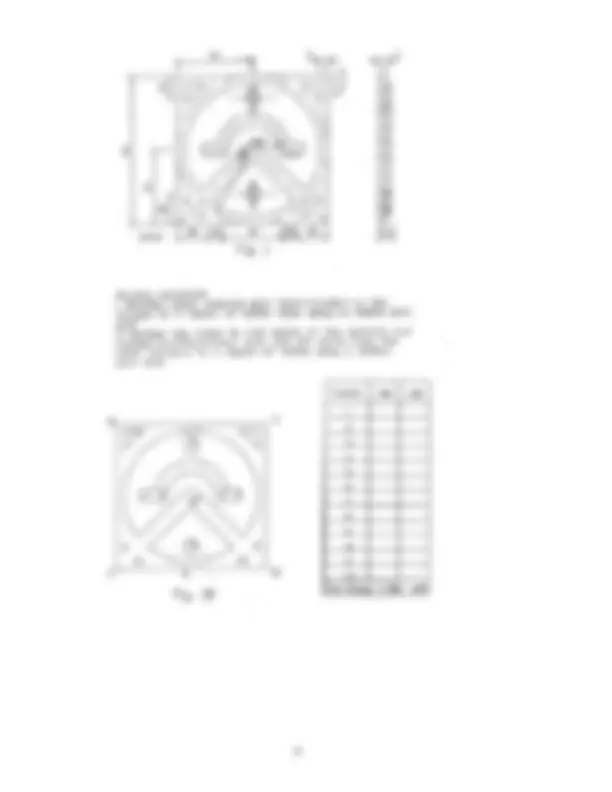




Study with the several resources on Docsity

Earn points by helping other students or get them with a premium plan


Prepare for your exams
Study with the several resources on Docsity

Earn points to download
Earn points by helping other students or get them with a premium plan
Community
Ask the community for help and clear up your study doubts
Discover the best universities in your country according to Docsity users
Free resources
Download our free guides on studying techniques, anxiety management strategies, and thesis advice from Docsity tutors
Main points of this past exam are: Cross Section, Label, Cross-Section, Lathe-Bed, Combination, Machining Metal, Metric Lathe, Centreless Grinding, Machine, Centreless Grinding
Typology: Exams
1 / 4

This page cannot be seen from the preview
Don't miss anything!



Answer FIVE questions, THREE from Section A and TWO from Section B Use separate answer books for each Section. All questions carry equal marks.
Examiners: Mr. J. Burns Mr. R. Kennedy Mr. J. Connolly Dr. P. Delassus
Q1. (a) Sketch and label the cross-section of a lathe-bed which has a combination of flat and vee-slides. Why is a pair of vee-slides never used? (4 marks) (b) State three factors which govern the cutting speed when machining metal on a lathe. (6 marks) (c) Describe how an imperial thread is cut on a metric lathe. (10 marks)
Q2. (a) Describe with the aid of a detailed diagram the centreless grinding machine and state how it may be operated. (10 marks) (b) There are three distinct variations of centreless grinding. Describe them in detail. (9 marks) (c) State at least two examples of work which may be produced on the machine mentioned at (a). (1 mark)
Q3. Fig.1 shows an exercise which is to be milled on the C.N.C. machine. The following operations must be carried out on the exercise, drilling slotting including a circular slot which is to be made in a clockwise direction and the cutter is to traverse around the perimeter of the exercise. Complete the following: (i) Complete the table by indicating the values for the numbered positions on the exercise shown on Fig. 1B with the reference to x and y and the origin; (3 marks) (ii) Prepare a programme which can be fed into the machine to execute the exercise. (17 marks)
Q4. (a) Describe with the aid of a sketch, the details of a 150mm sine bar. (6 marks) List the features upon which its accuracy depends. (2 marks) (b) Determine, systematically, the slip gauge ‘build-up’ required to set the sine bar to an angle of 14º 30”. (4 marks) (c) (i) Describe and explain the use of protector slip gauges. (2 marks) (ii) List four precautions to be observed in the care and use of slip gauges. (6 marks)
Q5. (a) State how the capacity of (i) a horizontal milling machine and (ii) a vertical milling machine is identified. (4 marks) (b) Give the angle, the sizes and type of taper on the bore of vertical milling machine spindles. (4 marks) (c) Why is a reversible motor fitted to the vertical milling machine? (4 marks) (d) How is the vertical spindle prevented from creeping downwards when using a vertical milling machine? (4 marks) (e) When milling what precautions should be taken to prevent vibration and chatter? (4 marks)
Q6. (a) Discuss why the classification of Carbon Steel electrodes as used in the MMA welding process is necessary, and list six items of information that can be obtained from the classification EN499. (12 marks) (b) Explain the mode of operation of the Resistance welding process, and describe a variation of the Spot welding system. (8 marks)
Q7. (a) Describe with the aid of sketches how Angular distortion occurs on a multi-run single V butt welded joint, and suggest how the distortion can be controlled or minimised. (10 marks) (b) Dip and Spray transfer are modes of metal transfer when using the MAGS welding process. Explain how each is achieved and list their uses. (10 marks)